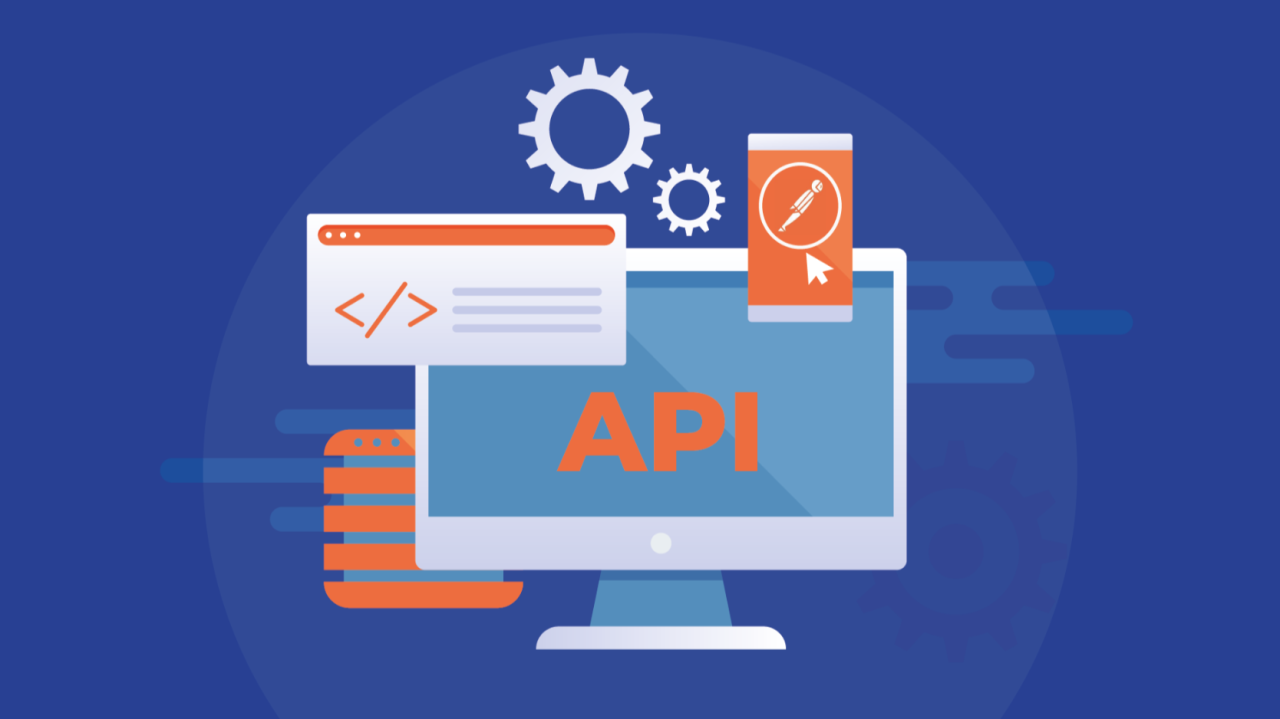
Mastering API Testing: Unlocking the Power of Postman Console
Abeer Tajamal
Jr. SQAE | SDET | Automation, API and Performance Testing | Helping in improving Quality | Reduced Defect Rate by 30%, Accelerated Test Cycle by 40%
Standardization of APIs in a fast-paced software development environment is important since the reliability and performance of APIs must be optimized. I discovered that one of the most popular tools for API testing, Postman, has strong possibilities to make this process easier. One of the features that make Postman stand out is one called Postman Console, which can be used mostly for API testing when you have test failures and want to know where they are coming from. In this article, I will be talking about the steps on how to turn on and leverage a feature in Postman Console in your API tests.
Why Use the Postman Console?
Through Postman Console feature, you can have a look at the HTTP request and response in details and that may help you a lot in case you face any problem. Headers, body, request, and response history is what is recorded and stored by the request logger. As with interactions and sequences of calls, visibility here is crucial for debugging intricate API algorithms.
Step-by-Step Guide to Using the Postman Console
1- Open the Postman Console
2- Send API Requests
If you have not used Postman before, go to “www.getpostman.com ” to download it if you are using Postman for the first time locate the “New Request” or “New" button and open it. For instance, let's say we're working with an API that fetches user data:
To send the request, click the ‘Send’ button at the end of the form. The Postman Console will show further details of this request and response as are shown below:
3- Analyze Console Output
The console provides a comprehensive log of each request and response:
领英推荐
4- Logging Information
Logging in pre-request scripts and in your testing scripts can go along way to making debugging even better. Use console. log(), console. info(), console. warn(), and console. However, for logging messages at various levels, they have used error()` and other functions.
To send the request, click the Send button. Open the Console of Postman and make sure that logs are entering before sending the request.
To send the request, click on the Send button. After sending the request go to the Test Results tab under the response section and check the tests results.
5- Conditional Debugging
For targeted debugging, log messages based on specific conditions:
It allows you to concentrate on important problems rather than waste time in the console with multiple messages.
6- Review and Act
When you have provided your request, look at the logs you have in the console of the Postman. Check for:
Conclusion
Mastering the use of the Postman Console is key to effective API testing and debugging. By strategically leveraging the console's detailed logging capabilities and adding targeted custom messages in your scripts, you can focus on critical issues without being overwhelmed by unnecessary information. This approach not only streamlines the debugging process but also enhances the reliability and robustness of your APIs. Whether you're dealing with simple or complex requests, the Postman Console helps you identify and resolve issues swiftly, ensuring your API testing is thorough and efficient.
Digital Media Expert | Content Specialist | Creative Associate
2 个月Very well written!
Ruby on Rails Developer Full StacK Web Developer Web Scraping and Data Miner Expert
2 个月Insightful
Helping businesses realize value out of their data
2 个月I'll keep this in mind